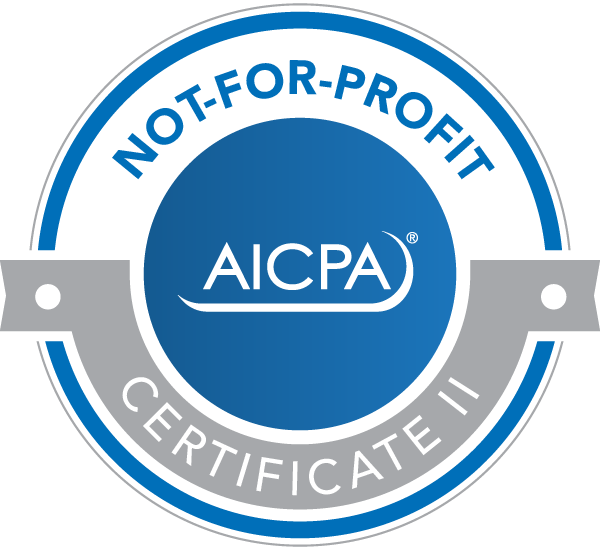If you have a child or grandchild who’s going to attend college in the future, you’ve probably heard about qualified tuition programs, also known as 529 plans. These plans, named for the Internal Revenue Code section that provides for them, allow prepayment of higher education costs on a tax-favored basis.

There are two types of programs:
- Prepaid plans, which allow you to buy tuition credits or certificates at present tuition rates, even though the beneficiary (child) won’t be starting college for some time; and
- Savings plans, which depend on the investment performance of the fund(s) you place your contributions in.
You don’t get a federal income tax deduction for a contribution, but the earnings on the account aren’t taxed while the funds are in the program. (Contributors are eligible for state tax deductions in some states.) You can change the beneficiary or roll over the funds in the program to another plan for the same or a different beneficiary without income tax consequences.
Distributions from the program are tax-free up to the amount of the student’s “qualified higher education expenses.” These include tuition (including up to $10,000 in tuition for an elementary or secondary public, private or religious school), fees, books, supplies and required equipment. Reasonable room and board is also a qualified expense if the student is enrolled at least half time.
Distributions from a 529 plan can also be used to make tax-free payments of principal or interest on a loan to pay qualified higher education expenses of the beneficiary or a sibling of the beneficiary.
What about distributions in excess of qualified expenses? They’re taxed to the beneficiary to the extent that they represent earnings on the account. A 10% penalty tax is also imposed.
Eligible schools include colleges, universities, vocational schools or other postsecondary schools eligible to participate in a student aid program of the U.S. Department of Education. This includes nearly all accredited public, nonprofit and for-profit postsecondary institutions.
However, “qualified higher education expenses” also include expenses for tuition in connection with enrollment or attendance at an elementary or secondary public, private or religious school.
A school should be able to tell you whether it qualifies.
The contributions you make to the qualified tuition program are treated as gifts to the student, but the contributions qualify for the gift tax exclusion amount ($16,000 for 2022, adjusted for inflation). If your contributions in a year exceed the exclusion amount, you can elect to take the contributions into account ratably over a five-year period starting with the year of the contributions. Thus, assuming you make no other gifts to that beneficiary, you could contribute up to $80,000 per beneficiary in 2022 without gift tax. (In that case, any additional contributions during the next four years would be subject to gift tax, except to the extent that the exclusion amount increases.) You and your spouse together could contribute $160,000 for 2022 per beneficiary, subject to any contribution limits imposed by the plan.
A distribution from a qualified tuition program isn’t subject to gift tax, but a change in beneficiary or rollover to the account of a new beneficiary may be. Contact us with questions about tax-saving ways to save and pay for college.
- Evaluate whether a Health Savings Account is beneficial to you - September 19, 2023
- Investment swings: What’s the tax impact? - September 12, 2023
- Plan now for year-end gifts with the gift tax annual exclusion - September 5, 2023
- Selling your home for a big profit? Here are the tax rules - August 29, 2023
- The tax consequences of employer-provided life insurance - August 22, 2023









